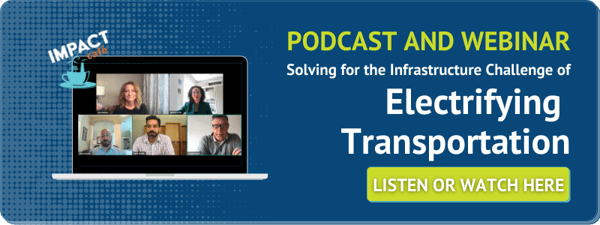Our 2025 Sustainability Report is here! Dive in.
Four Ways to Put EVs on Our Roads Today
August 16, 2021 •Franklin Energy
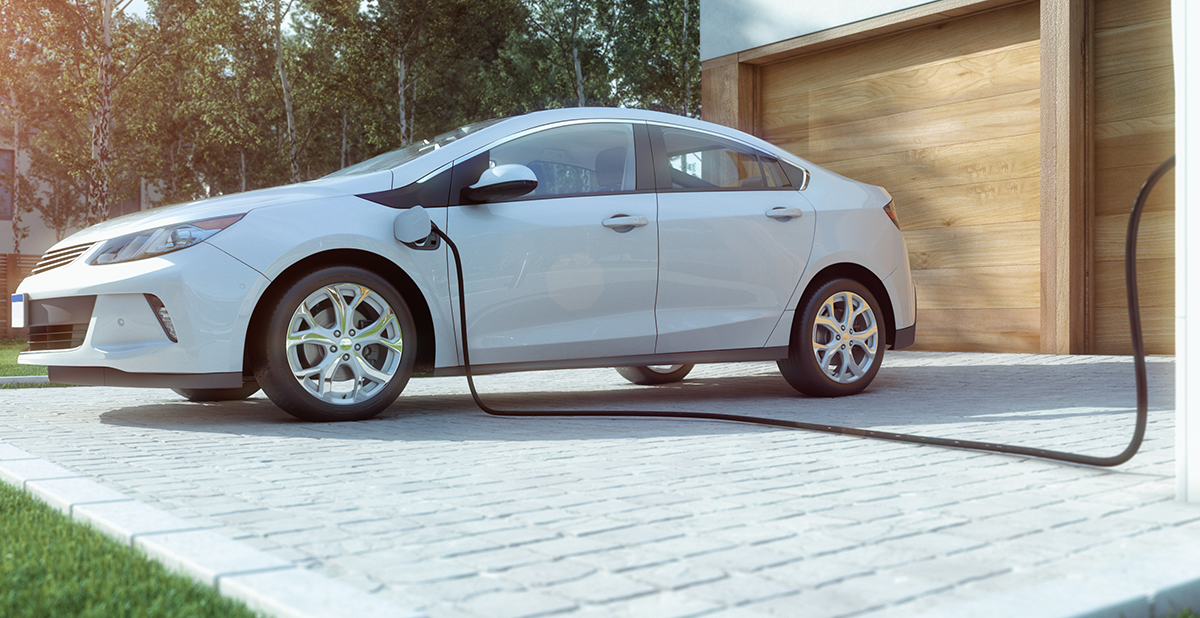
This article was originally posted in Renewable Energy World. Click here to view the original post.
If the clean energy industry has shown us anything the past few years, it’s that it’s booming and ready to power our economy long into the future. The price declines in solar, wind, and battery storage have shown that renewables are available, economical, and growing.
However, what’s been even more evident within the clean energy industry recently is the unstoppable trend toward the electrification of transportation. The growth in electric vehicles is raising eyebrows – spurred by vehicle innovation, favorable policy changes, and advancements in battery technology. The benefits to the economy and environment are obvious; what’s less obvious will be the changes to the way our utilities operate and grow their business.
EV Growth and Questions from Utilities
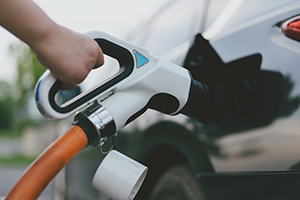 According to Precedence Research, the global electric vehicle market is expected to register a compound annual growth rate of 40.7% from 2020 to 2027. Innovative technologies that make EV’s more attractive and attainable are coming to market faster. Trusted American car manufactures are quickly moving from an all-gas-powered lineup to one that includes a variety of EV options. The best example is the remarkable reception to Ford’s new F-150 Lightning pick-up truck, which shows that Original Equipment Manufacturers (OEMs), have found a new EV market segment and are quickly making their way into the American mainstream.
According to Precedence Research, the global electric vehicle market is expected to register a compound annual growth rate of 40.7% from 2020 to 2027. Innovative technologies that make EV’s more attractive and attainable are coming to market faster. Trusted American car manufactures are quickly moving from an all-gas-powered lineup to one that includes a variety of EV options. The best example is the remarkable reception to Ford’s new F-150 Lightning pick-up truck, which shows that Original Equipment Manufacturers (OEMs), have found a new EV market segment and are quickly making their way into the American mainstream.
But the explosive growth of EVs has utilities asking some questions. General concerns are centered around charging infrastructure, how the industry will support market growth, and how utilities will manage the inevitable spike in demand. How will EV’s change the way we manage the grid? Are EV’s an opportunity for additional revenue, or should we be shaping customer charging behavior even before an EV purchase is made to curb peak demand?
Here are four requirements to put EVs on our streets and in our driveways sooner rather than later.
1. Support New EV Policies
Luckily, there have been favorable policy and utility program developments across the country. A recent analysis by the ACEEE State Transportation Electrification Scorecard shows:
-
-
- 23 states have comprehensive planning for more EV charging infrastructure
- 15 states have utility funding for EV charging programs, including the most populated states in the nation
- 36 states have utility programs offering a lower rate for preferred charging
-
This is a great start and shows the nation is on the right path. However, there is more to be done if the future includes an EV in every American driveway, and federal, state, municipal and corporate EV fleets.
All utilities must recognize electrification of transportation for the vast market opportunity and benefit that it is. Americans currently consume roughly 8 million barrels of oil a day. In the coming years and decades, that demand for oil is going to diminish as demand for EV charging grows exponentially.
2. Engage Customers with Attractive Residential Charging Access
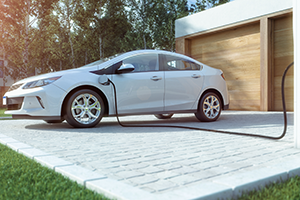 Some energy analysts and experts believe that most electric vehicle owners will charge their vehicles at home overnight. For most utilities, this will present a significant revenue opportunity. A traditionally low-demand time of day will see increasing customers plug into the grid.
Some energy analysts and experts believe that most electric vehicle owners will charge their vehicles at home overnight. For most utilities, this will present a significant revenue opportunity. A traditionally low-demand time of day will see increasing customers plug into the grid.
Many utilities are already partnering with car dealerships to set up new EV customers with at-home chargers and opportunities to opt into charging management programs. Utilities will increasingly have a unique opportunity to be a part of the EV buying customer experience, continuing to build and expand programs that provide demand response capabilities and economically managed charging solutions that don’t strain the grid.
The earlier utilities can be a part of this process, the more likely they’ll be able to build the grid programs and infrastructure that can provide value to customers and future revenue opportunities for themselves. The notion “If you build it, they will come” has never rung so true.
It’s also increasingly likely that utilities will have the opportunity to build programs that use EVs to meet peak demand events. Beyond opting customers into demand-response programs to avoid charging during peak events, utilities can build programs that empower customers to provide power back to the grid during peak events. EVs are truly a new Swiss Army knife for utilities.
3. Unlock the Fleet Charging Challenge
Many utilities and state agencies are still new to the process of permitting and building public charging stations. This will change in the not-so-distant future. It is important to streamline these processes now to enable the inevitable demand for charging infrastructure in the years ahead.
It is critical that utilities be proactive in developing processes and working with local government to ensure smooth processes and steps for electric charging construction. In some municipalities charging infrastructure must go through long bureaucratic processes that can make building charging infrastructure a +12-month pursuit. That is not going to cut it for the amount of charging we’ll soon need to support customer demand.
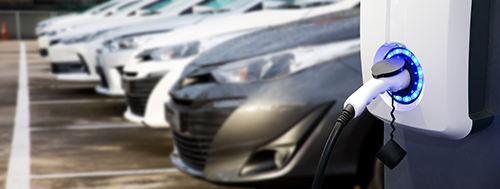
Identifying opportunities for fleet electrification will also be a critical component to the EV transition. Traditional fleet warehouses are not high electricity demand centers. But when a fleet of gas vehicles shift to EVs, they will be, and it is the utility that will need to service that customer segment with infrastructure upgrades. For utilities not proactively doing this, they should consider using the current moment as an opportunity to pilot, then grow programs.
4. Make EV Charging Equitable
To ensure the promise of EV transportation and its requisite charging is realized equitably, we also need to electrify fleets of city buses, school buses, and establish charging in multi-family units.
Although many analysts believe home charging will be a significant chunk of EV charging, many people don’t own homes. As the EV revolution gains more speed, this segment can’t be overlooked. It’s essential that as this industry grows, it benefits people of all walks of life.
Let’s ensure all Americans have positive EV experiences and benefit from transportation electrification. If we do, our environment, economy and communities will be better off for it.
